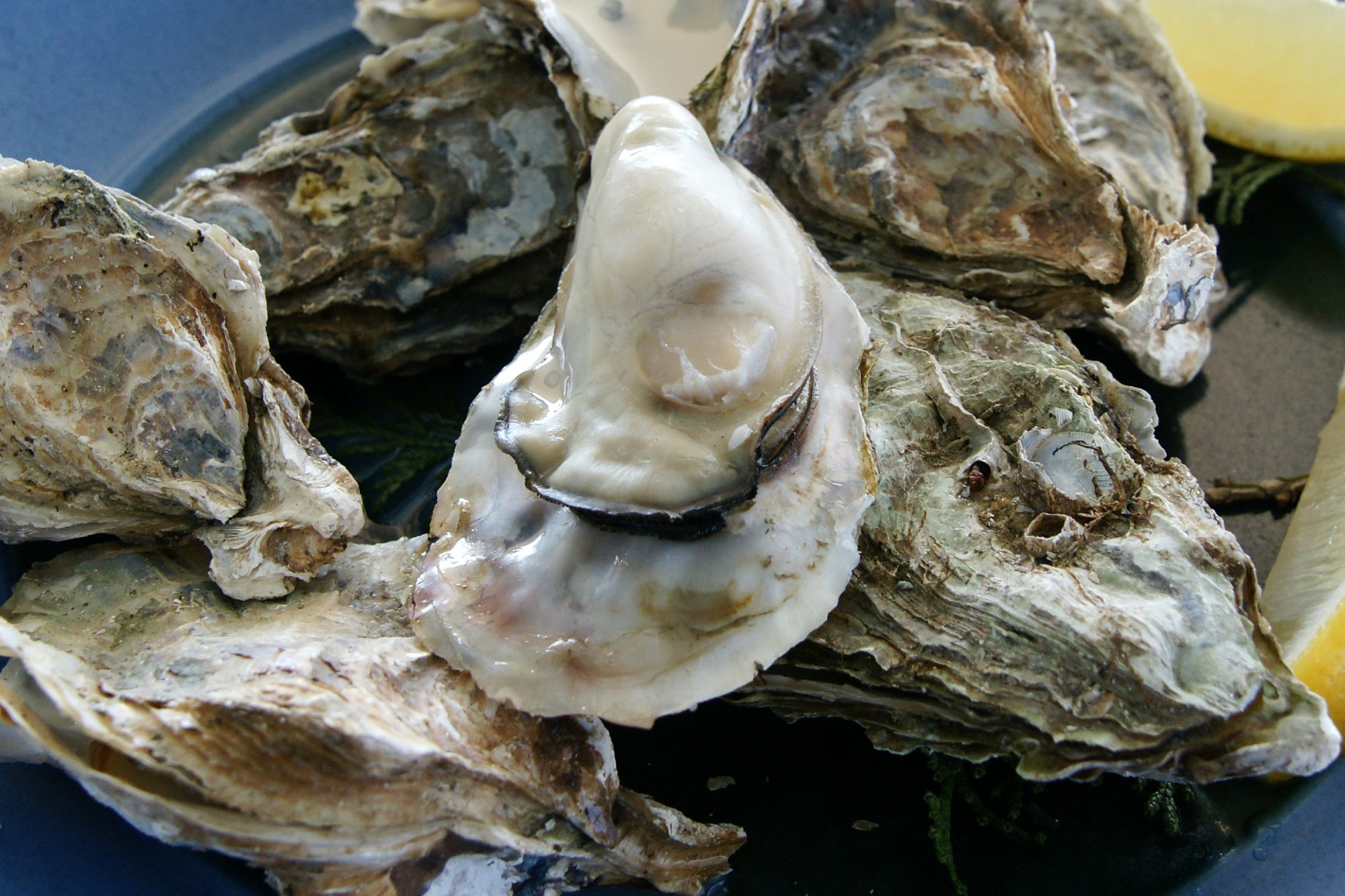Yum, yum yum.
Perhaps that doesn’t pass as a review of this wine, but really, that’s all you need to know. It’s an Aussie blend, it has a screw-top, and it tastes great. If I had to provide a down side, I would say that the name isn’t as amusing as that of some of its competitors. But for all of you who won’t take my word, here is what I think.
It’s a dark purple, thick-looking wine, with a nice nose of mild spices, maybe some smoke (or cedar…I can’t be sure) and a hint of fruit. It has a great, thick mouth feel, almost velvety smooth. There is plenty of fruit, but it is subtle, with a nice backbone of tannins and more of that smoke. I’m not sure how it will age, but why bother, when it tastes so damned good right now. And for $16 at deep discount, it is a steal.

